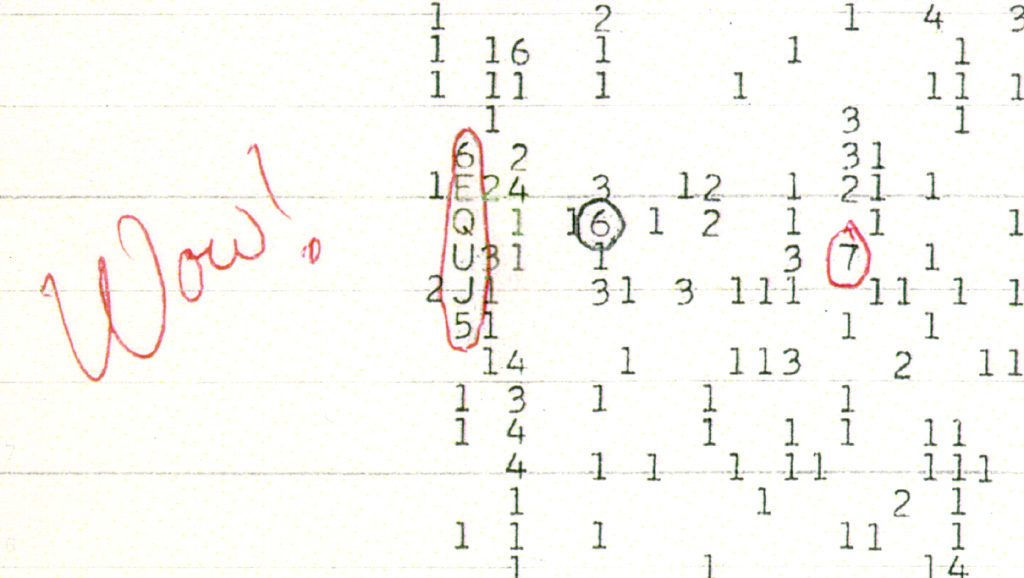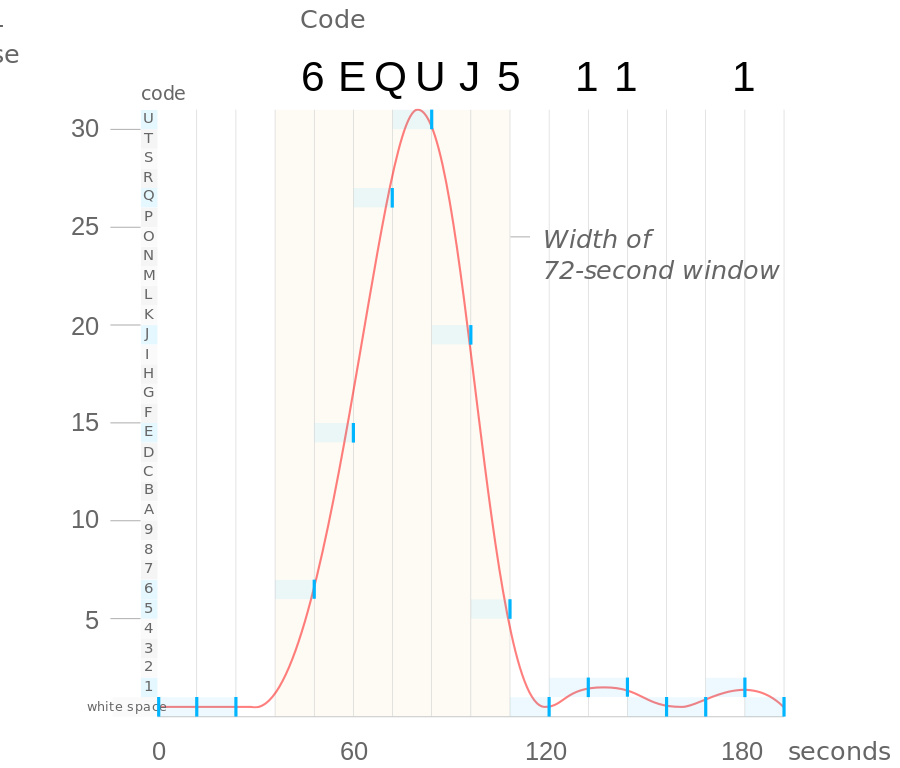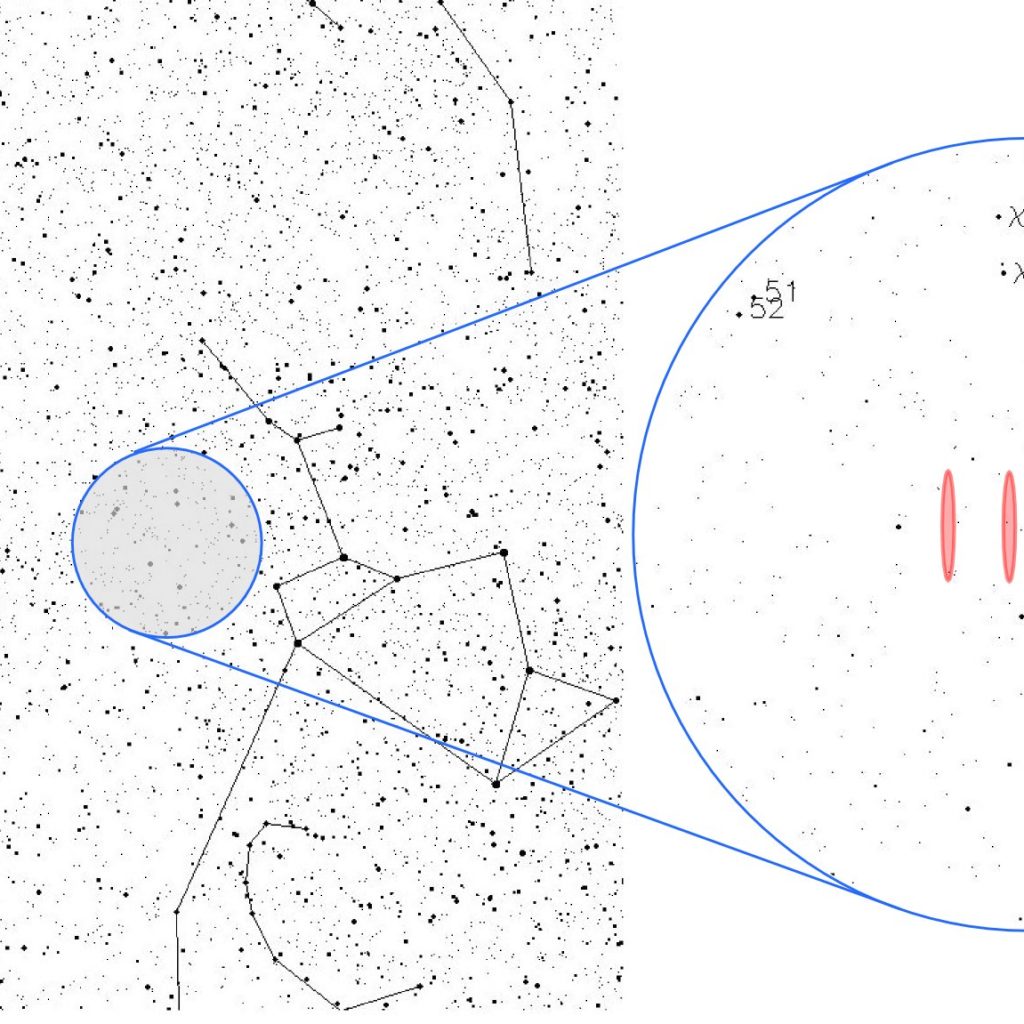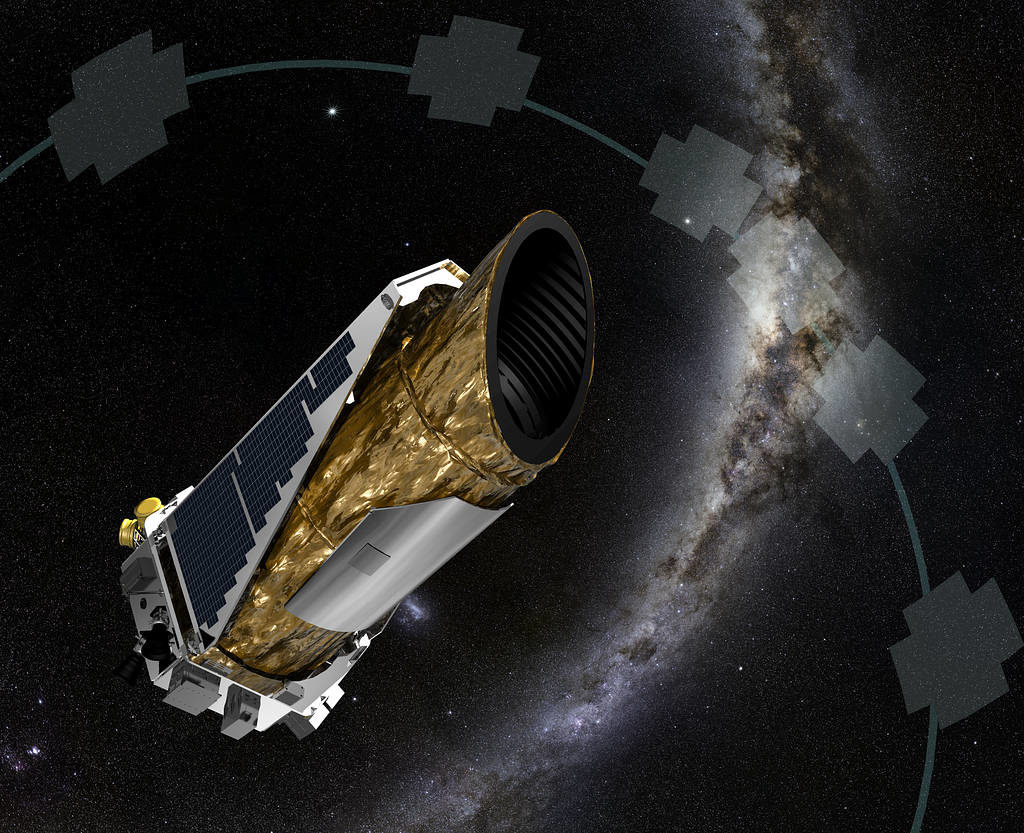Sometimes a sound will just take you back, letting you experience memories long since past. That fact is the driving force behind Conserve the Sound, a website dedicated to saving all of those interesting (and not so interesting) sounds from the gadgets that were once a big part of our life. Those gadgets have since fallen by the wayside in the ever forward march of technology. But at least the moment in sound has been preserved.

An Auditory Museum
Conserve The Sound was built to save those odd memories that you have tucked into the deep recesses of your brain. The site was first funded in 2013. Since then it has been maintained by creative house Chunderksen.
The site has grown a lot since its start, and you will find plenty to help bring back the memories of your favorite gadgets. I took a leisure stroll across their exhibits (okay, I visited the site ) and surprisingly found many objects of interest.
Somehow I had forgotten exactly what a rotary dial phone sounded like and found the experience pleasant. I also forgot how slow a rotary dial phone was, but I digress. There were other interesting aural memories to explore.
The manual typewriter, which I’m pretty sure was a Smith Corona model, brought back memories of keys being stuck and whiteout. Did I ever tell you about the time I almost lost an arm from erasable bond typing paper? I’m probably exaggerating a little there, but it was a particularly heinous paper cut.
Easy to Navigate
The site has maintained an easy to navigate structure. You can browse randomly and just keep following tags (which I recommend, they are logically grouped for the most part.) You can also do a search for a particular memory. Either way, you are bound to find something interesting for any number of oddball personal reasons.
You’ll find images accompanying each sound. This helps to identify the object, but everything is well laid out and explained. You’ll even find related thumbnails of gadgets at the bottom of each featured object, just waiting for you to try.
The effect the sound can have on the visitor can vary depending on how exposed they were to the gadget selected. But I would suggest that anyone that had a Viewmaster go right now to the site and relive those wild and crazy days of pulling that lever for the next image. And pull it again. Repeat.
The Viewmaster reel viewer was introduced in 1939, after the release of Kodachrome film made the small reel images possible. Each Viewmaster reel holds 14 images for a total of 7 3D images. There have been over 1.5 billion Viewmaster reels sold.





